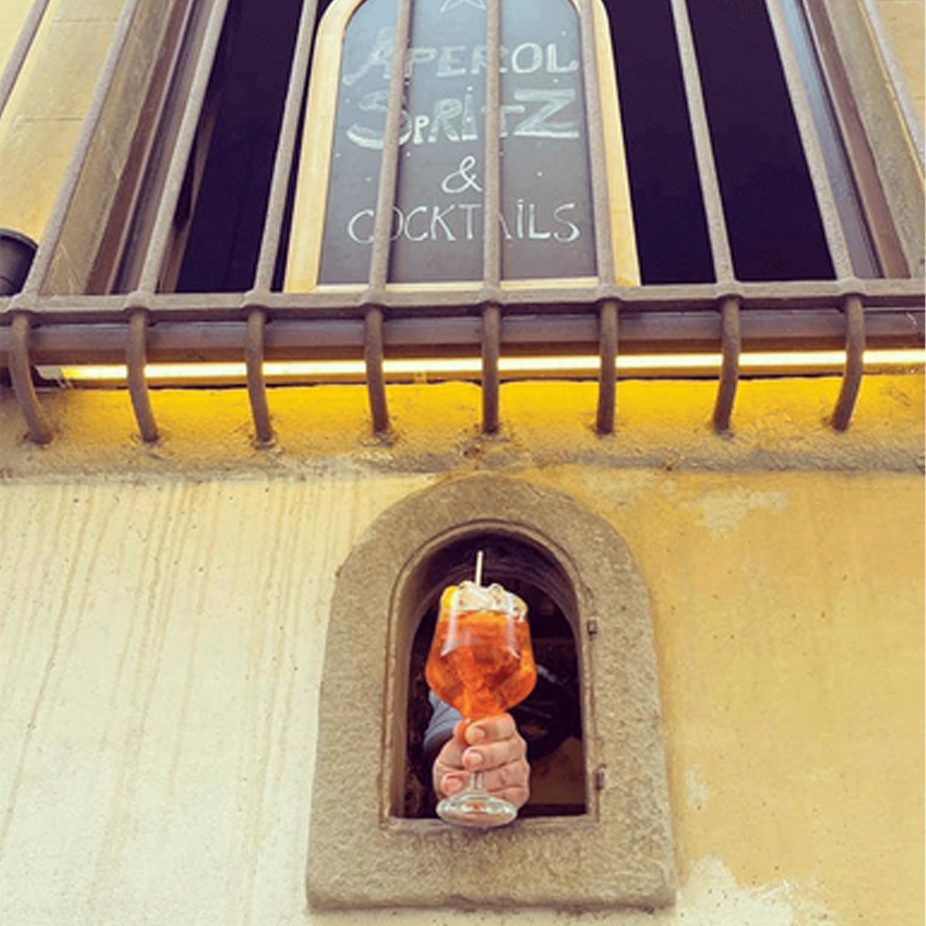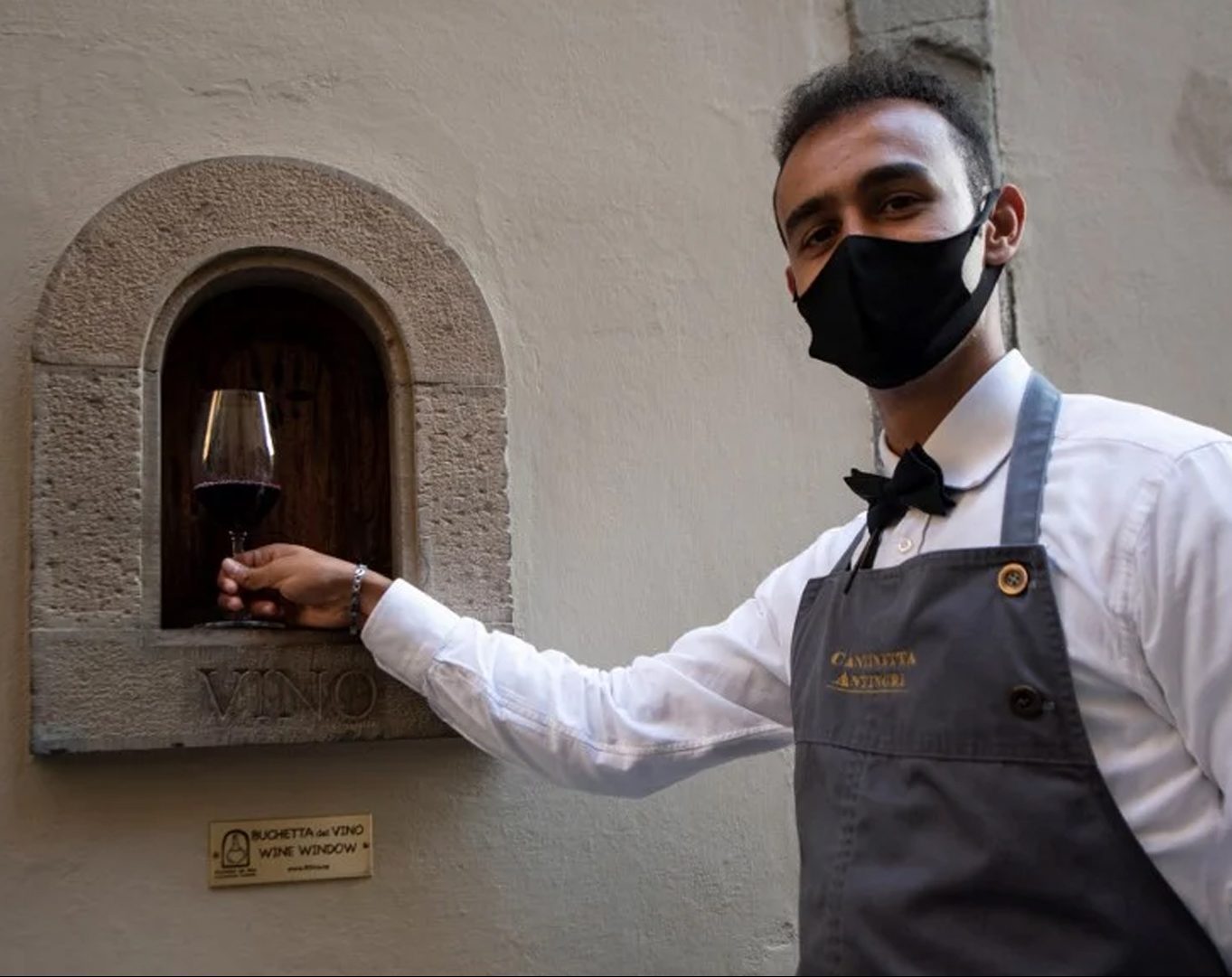In the mid-1300s, the Black Death, also known as the Bubonic Plague, arrived in Europe when a ship carrying infected fleas and rats docked in the Sicilian port of Messina. Soon after, the disease swept through Italy and Europe, killing more than 20 million people in the span of five years – almost one-third of the continent’s population.
Three centuries later, Italy was once again hit with the Bubonic Plague. This second wave, roughly spanning between 1629 and 1633, was named the Italian Plague and it particularly ravaged cities and towns in central and northern Italy – the cities of Verona and Parma, for example, lost half of their populations during this time.

In response to this second outbreak, the city of Florence devised a unique coping mechanism: buchette del vino, or “wine windows.” These were small holes in the walls in which wine merchants could distribute their products without touching the seller, thereby minimizing contact with potentially infected individuals.
While mainly geared toward wine, these windows were also used to sell other kinds of merchandise. In “Relazione del Contagio,” an official chronicle of the Italian plague, Grand Ducal librarian Francesco Rondinelli wrote that “wine windows have been very, very useful to sell, not just wine, also other foods, without touching the seller.”

According to Buchette del Vino, a Florence-based cultural association dedicated to preserving the history of the city’s wine windows, around 150 of these pint-sized holes can be found within the city’s old walls, while at least another 100 have been cataloged beyond the city and throughout the region of Tuscany. A list of these windows, and their location on a map, can be found on Buchette del Vino’s website.
These wine windows are still in use today, and made a comeback during the global COVID-19 pandemic, in which Italy was the first Western country to be seriously affected by the virus. As was the case in the 17th century, these wine windows not only sell wine – it is common to see a hand reach out to sell gelato, spritzes, books, and coffee.
Asia London Palomba
Asia London Palomba is a trilingual freelance journalist from Rome, Italy. In the past, her work on culture, travel, and history has been published in The Boston Globe, Atlas Obscura, The Christian Science Monitor, and Grub Street, New York Magazine's food section. In her free time, Asia enjoys traveling home to Italy to spend time with family and friends, drinking Hugo Spritzes, and making her nonna's homemade cavatelli.


